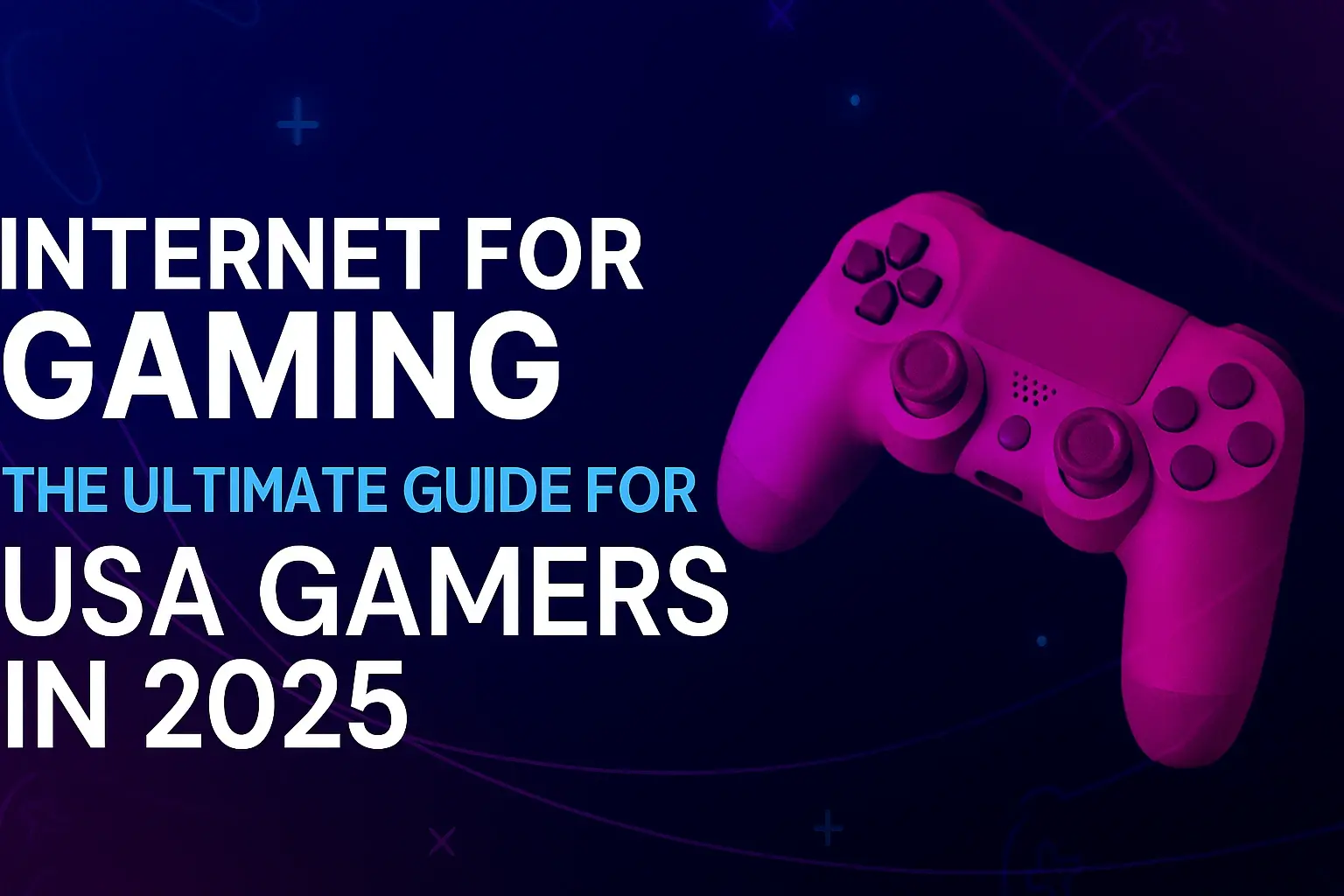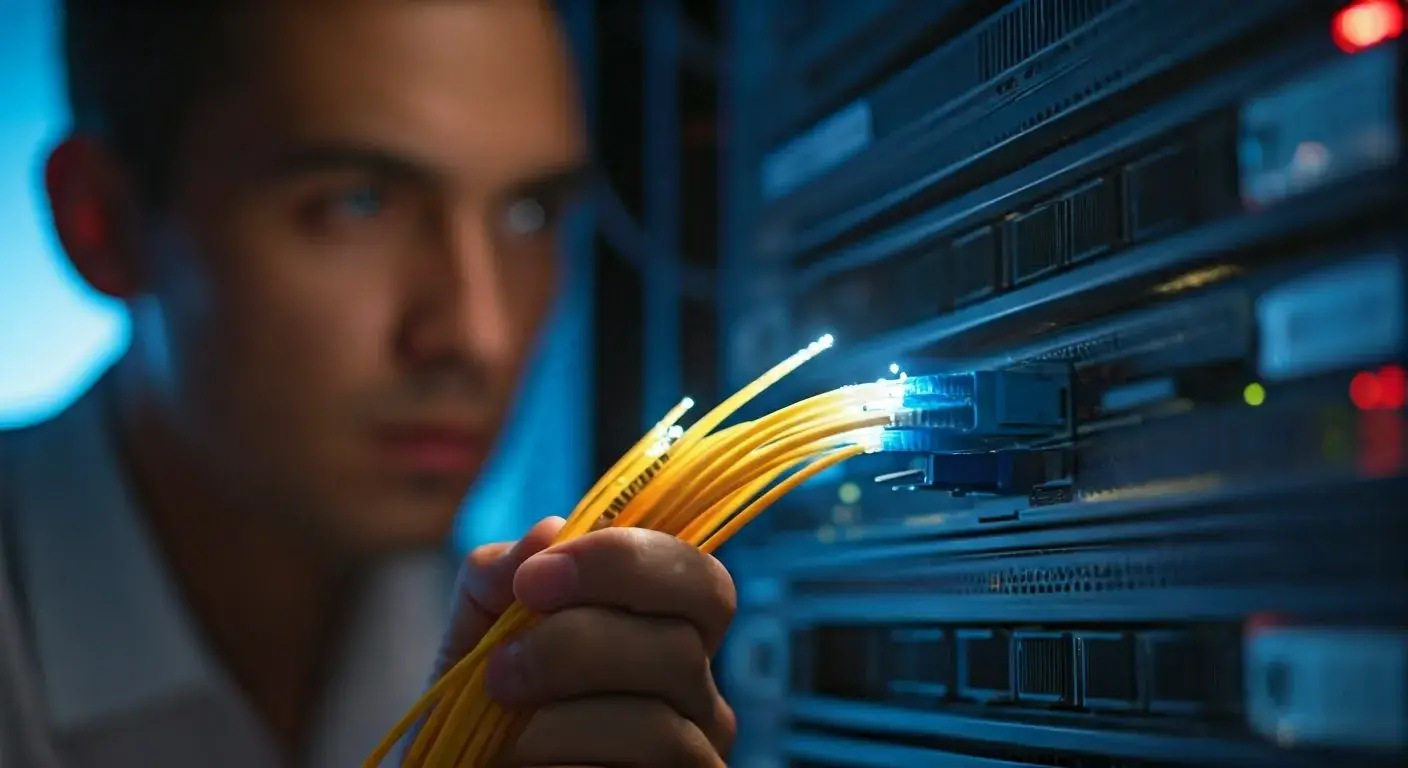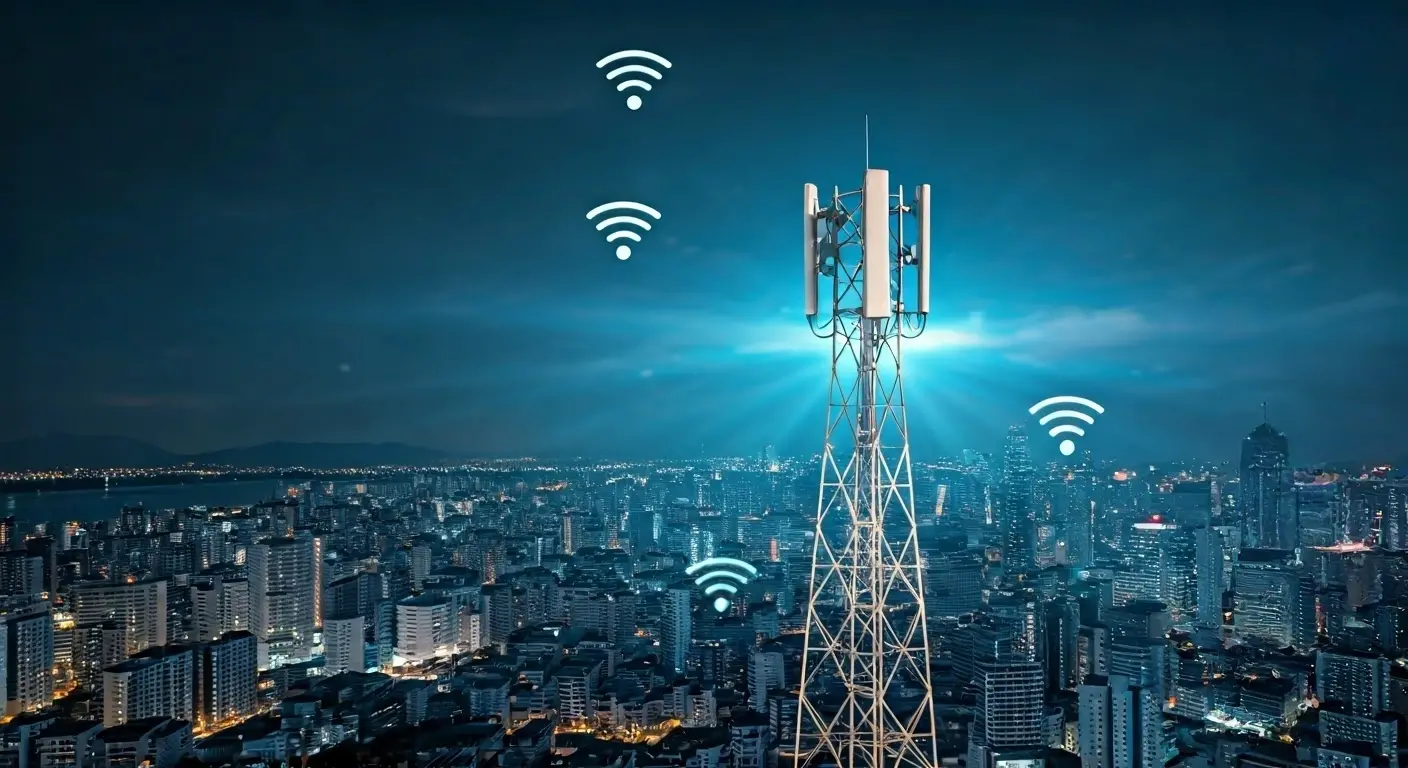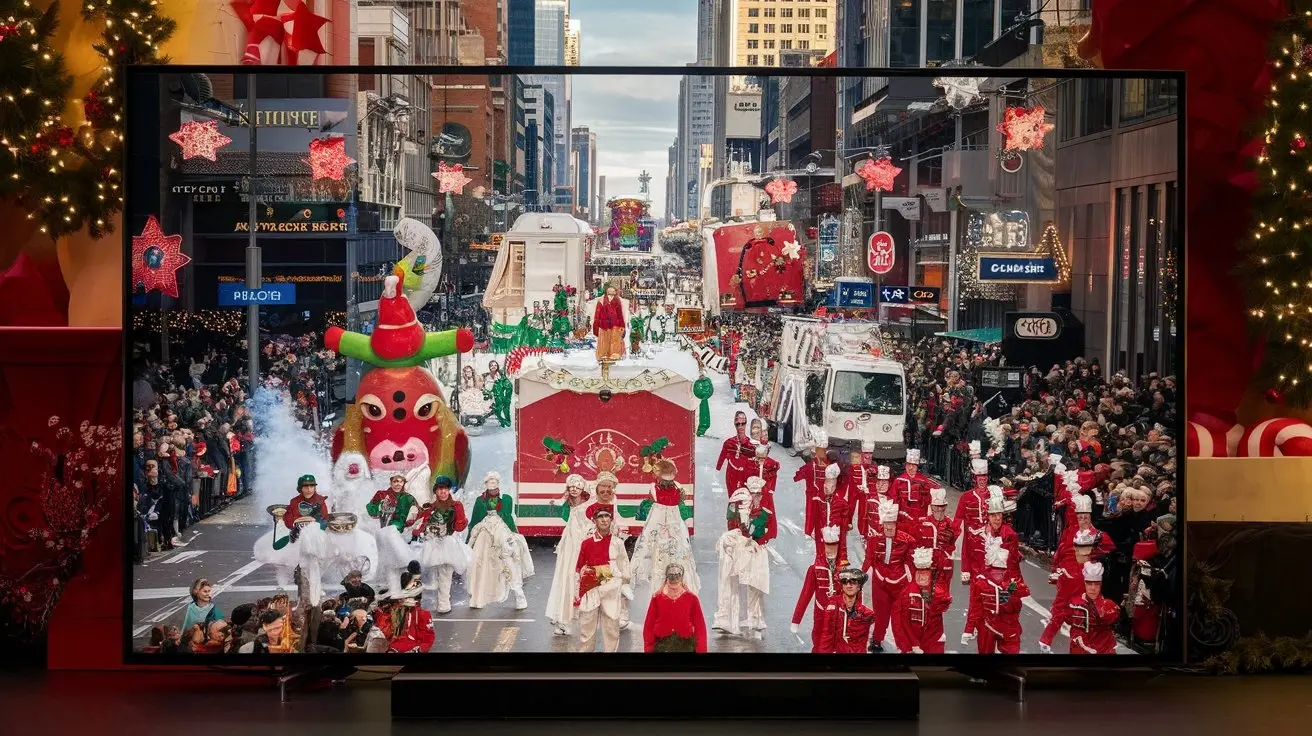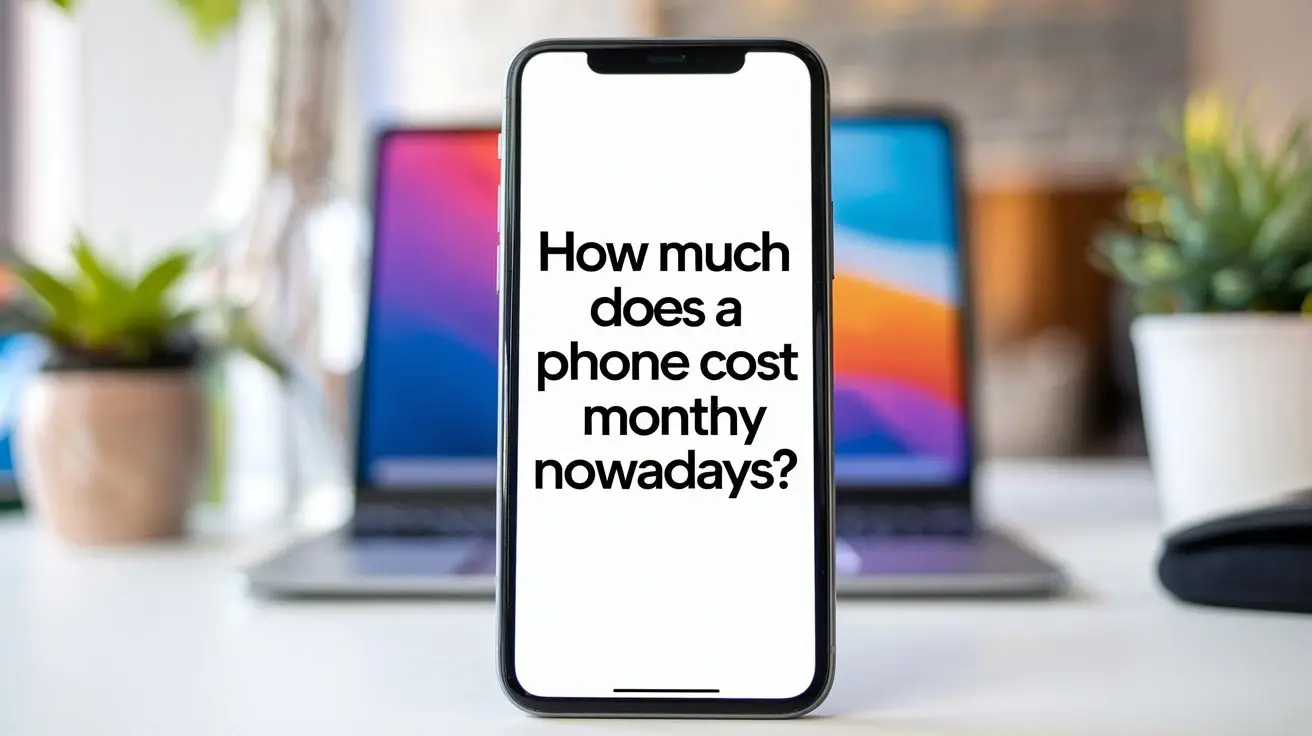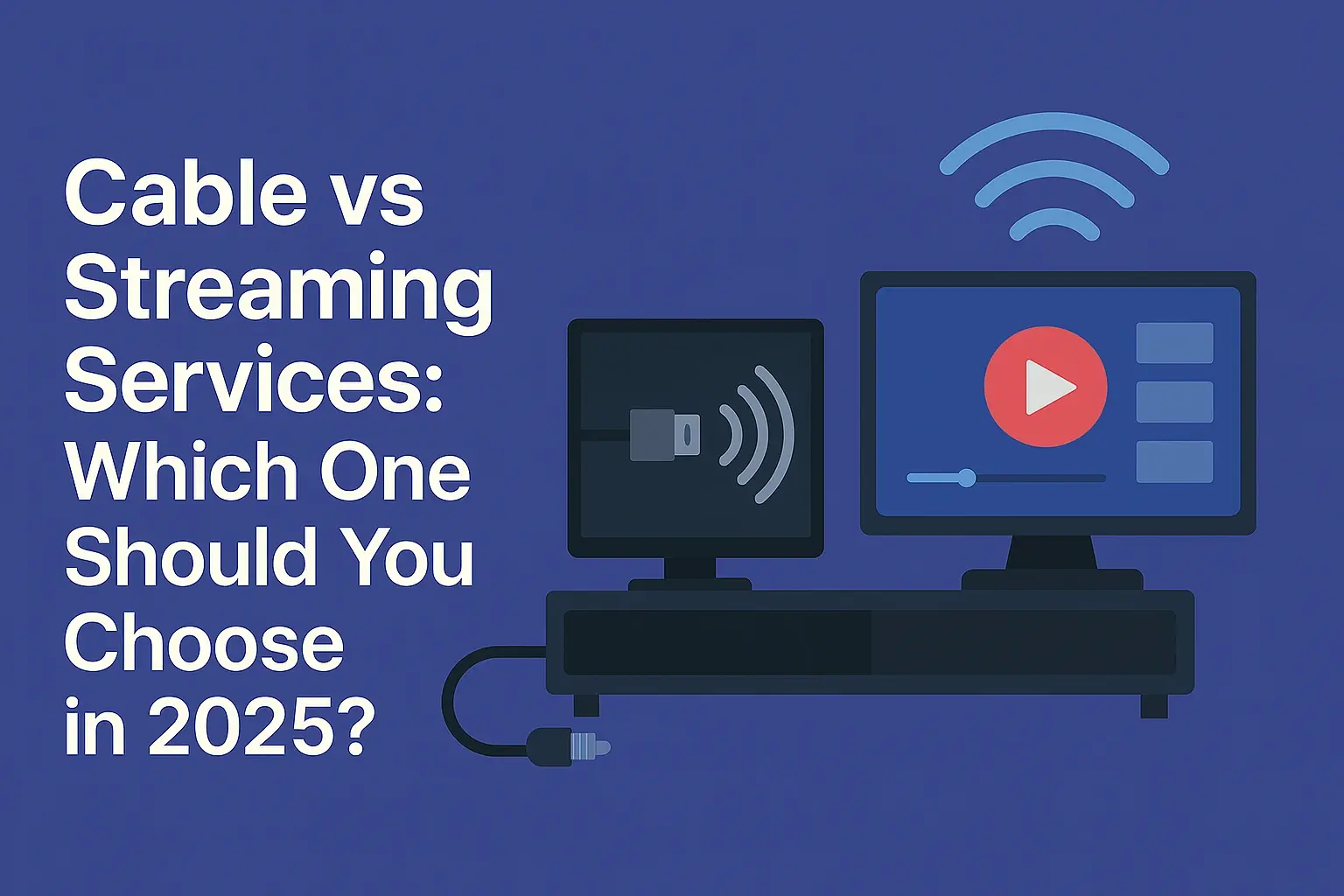
In 2025, the television landscape has transformed dramatically, with streaming services overtaking traditional cable TV in both popularity and viewership. According to Nielsen, streaming now accounts for 44.8% of total TV usage in the U.S., surpassing the combined share of broadcast and cable at 44.2%. This historic shift reflects changing viewer preferences, driven by cost, content variety, flexibility, and technological advancements. Whether you’re a cord-cutter or still tethered to cable, choosing the right option in 2025 depends on your budget, viewing habits, and access to reliable internet. This article breaks down the key differences between cable and streaming services, helping you make an informed decision, complete with an FAQ section to address common questions.
Cost Comparison: Streaming Saves You Money
One of the most compelling reasons to choose streaming over cable is the significant cost savings. In 2025, cable TV subscribers pay an average of $147 per month, with some bills exceeding $200 due to regional sports networks and taxes, which inflate costs by an average of 24%, according to Cord Cutters News. In contrast, cord-cutters—those who rely on streaming services—pay around $70 or less per month for multiple platforms. For instance, subscribing to three popular services like Netflix, Hulu, and Max costs approximately $48 per month, or $16 per service. This translates to an average annual savings of $730 for cord-cutters compared to cable subscribers.
Cable bills often include hidden fees, such as equipment rentals, installation charges, and early termination fees for contracts. Streaming services, however, typically offer transparent pricing, with the monthly subscription fee being the primary cost. While some platforms charge extra for premium features like 4K streaming or additional users, these are optional, allowing you to tailor your expenses to your needs. For budget-conscious viewers, free ad-supported streaming TV (FAST) services like PlutoTV, Roku Channel, and Tubi provide a cost-free alternative, accounting for 5.7% of TV usage in May 2025, surpassing any single broadcast network.
|
Cost Factor |
Cable |
Streaming |
|---|---|---|
|
Average Monthly Cost |
$147 (some >$200) |
$70 or less (e.g., $48 for 3 services) |
|
Hidden Fees |
Equipment, installation, taxes |
Minimal, optional add-ons |
|
Annual Savings |
- |
~$730 compared to cable |
Content Availability: Streaming’s Diverse Offerings
Streaming services have redefined content availability, offering a vast library of on-demand shows, movies, and exclusive originals that cater to diverse tastes. Platforms like Netflix, Hulu, Disney+, and Amazon Prime Video have invested heavily in original programming, producing award-winning series like Stranger Things, The Handmaid’s Tale, and The Mandalorian. These exclusives are a major draw, with Netflix alone seeing a 27% viewership increase since May 2021, driven by hits like You and live events like NFL games on Christmas Day 2024. The “Netflix Effect” has also boosted licensed content, making shows like Suits and Young Sheldon even more popular when streamed.
In contrast, cable TV’s original content has dwindled. A decade ago, basic cable offered 186 scripted shows annually, but by 2025, this number will have dropped to nearly zero. Networks have shifted their focus to streaming platforms or partnered with digital-first studios, leaving cable with fewer exclusive offerings. While cable still provides access to live TV, including local channels and sports networks, streaming services have caught up. Live TV streaming options like YouTube TV, Hulu Plus Live TV, and Fubo offer local stations and sports, with YouTube TV being the exclusive home of the NFL Sunday Ticket through 2029.
The rise of FAST services has further expanded streaming’s appeal. Platforms like PlutoTV, Roku Channel, and Tubi offer free, ad-supported channels and on-demand content, providing variety without a subscription fee. In 2025, 71.7% of Americans rely on streaming, compared to just 28.3% using DVDs or Blu-rays, highlighting the shift toward digital content.
|
Content Factor |
Cable |
Streaming |
|---|---|---|
|
Original Content |
Nearly zero scripted shows |
Extensive, exclusive originals |
|
Live TV |
Local channels, sports |
Available on select platforms |
|
On-Demand Library |
Limited |
Vast, including FAST services |
Flexibility and User Experience: Streaming’s Modern Advantage
Streaming services excel in flexibility, allowing you to watch content on multiple devices—smartphones, tablets, laptops, or smart TVs—anytime, anywhere. Most platforms offer cloud DVR capabilities, enabling you to record shows and watch them later. For example, YouTube TV provides unlimited DVR storage with recordings available for nine months, while Hulu Plus Live TV also offers unlimited DVR. Streaming interfaces are intuitive, with algorithms recommending content based on your viewing history, and features like multiview and picture-in-picture enhance the experience.
Cable TV, while offering DVR options, often comes with limitations like restricted storage or additional fees. It also requires a physical cable box or satellite dish, which can be cumbersome to install and maintain. Cable’s interfaces tend to feel outdated compared to the sleek, app-based designs of streaming platforms. Additionally, streaming services allow you to cancel or switch subscriptions easily, without the hassle of contracts or cancellation fees, a common pain point with cable providers.
Popular Cable TV Providers
Internet Requirements: The Streaming Trade-Off
Streaming’s biggest limitation is its dependence on a stable internet connection. A minimum speed of 25 Mbps is recommended for standard definition (SD), with 50 Mbps or more needed for HD or 4K streaming. In areas with poor internet connectivity, cable TV remains a more reliable option, as it doesn’t rely on internet speeds. However, with the widespread availability of high-speed internet, including 5G and fiber-optic connections, this barrier is diminishing for most users.
Cable providers often bundle internet with TV packages, which can be convenient but may lock you into higher costs or contracts. Streaming allows you to choose your internet provider separately, giving you more control over expenses. For those in rural areas or with unreliable internet, cable’s consistent signal might still be the better choice.
|
Internet Factor |
Cable |
Streaming |
|---|---|---|
|
Internet Requirement |
Optional (bundled often) |
25 Mbps (SD), 50+ Mbps (HD/4K) |
|
Reliability |
Consistent signal |
Depends on the internet quality |
Future Trends: Streaming’s Continued Rise
The future of TV is undeniably streaming. The number of cord-cutting households has surged to 77.2 million in 2025, up from 37.3 million in 2018, and only about one-third of U.S. households are expected to use cable by year-end. Younger viewers, especially those aged 18–34, are leading the charge, with 52% never watching cable and 80% regularly streaming. The potential merger between Hulu and Fubo, pending regulatory approval, could further consolidate the streaming market, combining Hulu’s on-demand library with Fubo’s sports-focused live TV.
Streaming’s growth is also driven by technological advancements, such as 4K streaming and enhanced recommendation algorithms. Meanwhile, cable providers face declining subscribers and revenue, with pay TV losing $10.5 billion from 2020 to 2025. As content creators prioritize streaming platforms, cable’s relevance continues to wane.
FAQ: Common Questions About Cable vs Streaming
1. Is streaming cheaper than cable?
Yes, streaming is generally more affordable. Cable subscribers pay an average of $147 per month, while cord-cutters spend $70 or less for multiple services, saving around $730 annually.
2. Can I watch live sports on streaming services?
Yes, platforms like YouTube TV (with NFL Sunday Ticket), Fubo (NFL, NBA, NHL, MLB), and Hulu Live offer live sports. Some regional sports networks may require additional fees.
3. Do I need a smart TV for streaming?
No, you can use streaming devices like Roku, Amazon Fire Stick, or Apple TV, or cast from a smartphone or tablet. Most modern TVs support these options.
4. What are the internet requirements for streaming?
Streaming requires a stable internet connection, with 25 Mbps for SD and 50 Mbps or more for HD/4K. Check your internet plan to ensure compatibility.
5. Are there hidden fees with streaming services?
Most streaming services have transparent pricing, but some charge for premium add-ons like 4K streaming or extra users. Always review terms before subscribing.
Conclusion: Why Streaming is the Future
In 2025, streaming services offer a compelling alternative to cable TV, with lower costs, diverse content, and unmatched flexibility. While cable may still suit those needing reliable live sports or living in areas with poor internet, its higher costs and declining content make it less appealing for most. With 260 million Americans (77% of the population) using streaming services and innovations like 4K streaming on the horizon, streaming is poised to dominate the future of entertainment. If you’re ready to cut the cord, 2025 is the perfect time to embrace streaming.

